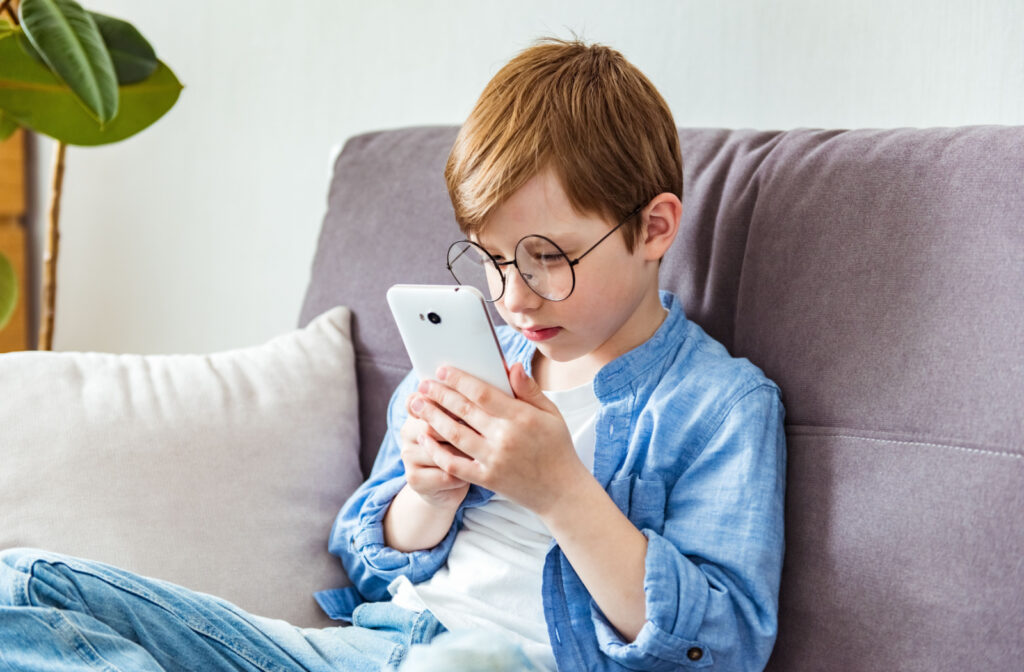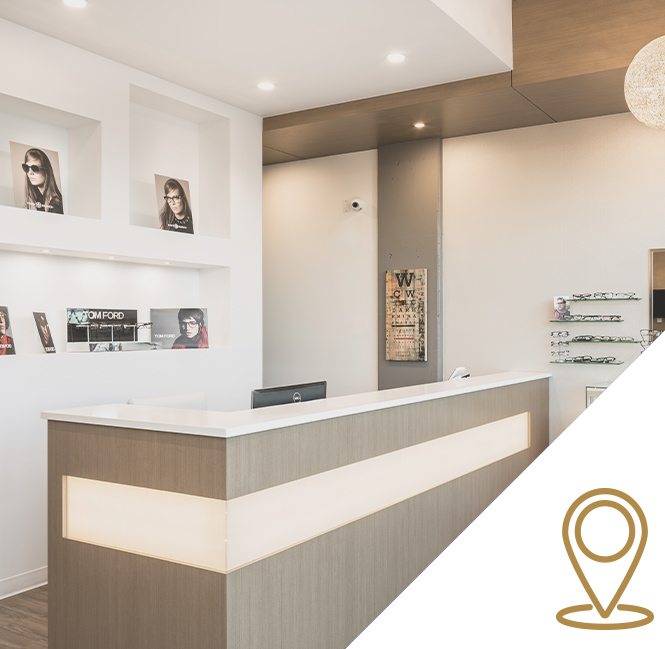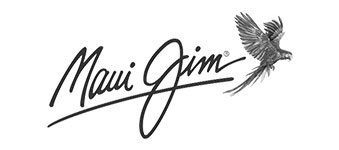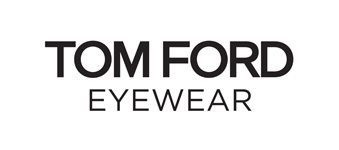Myopia, or nearsightedness, is a common refractive error affecting many people. Orthokeratology (ortho-k) uses custom specialty contact lenses to correct myopia while stopping or slowing its progression in children or youth. However, ortho-k cannot reverse myopia. Once myopia has developed, it can’t be cured.
That being said, ortho-k can be used to temporarily correct eyesight during the day without needing eyeglasses or traditional contacts, and it’s been shown to be effective for slowing myopia progression when the eyes are still growing.
What Is Myopia?
Myopia is a refractive error, meaning that the shape of the eye causes an error in how light is refracted (bent) inside the eye, preventing it from landing on the retina to create a clear image. Myopia occurs when the eye is too long, resulting in light landing in front of the retina, causing distant objects to appear blurry while nearby objects remain clear.
It’s extremely common, affecting around 30% of the Canadian population. Its prevalence is growing, with experts estimating that 50% of the world’s population will have myopia by 2050.
Anyone can develop myopia, but it’s a complex condition. Researchers believe there’s a strong genetic component in addition to environmental factors like prolonged close work (reading, writing) and insufficient outdoor time.
Symptoms of Myopia
Symptoms of myopia can vary from person to person. One of the primary symptoms is difficulty seeing distant objects. But other symptoms can include:
- Eye strain
- Headaches
- Squinting
- Eye fatigue or tiredness
Some child-specific symptoms include:
- Poor school performance
- Short attention span
- Holding objects close to the face
- Sitting near the front of the classroom
These symptoms don’t indicate myopia alone. There could be underlying causes or other refractive errors like astigmatism at work. Book a comprehensive exam with your eye doctor if your child shows any of the above signs of a vision problem.
Treating Myopia
While myopia can’t be cured, it can be easily corrected with glasses or contact lenses. Depending on the severity of your myopia, your eye doctor may also recommend vision therapy or orthokeratology.
If your child has myopia, your optometrist may recommend myopia control to help slow its progression and preserve your child’s future vision. Myopia control can be achieved through various methods such as atropine eye drops, multifocal contact lenses, or ortho-k. Talk to your optometrist about the best treatment option for your child.
What Is Ortho-K?
Orthokeratology, commonly known as ortho-k, is a safe and effective non-surgical treatment that uses specially designed contact lenses to gently reshape the cornea while you sleep, providing clear vision throughout the day without needing glasses or daytime contact lenses. The lens is custom-fitted to your eye, making them both comfortable and effective.
The effect typically lasts throughout the day, but some people may have a backup pair of glasses or contacts if their vision changes.
Ortho-k is also a good option for anyone who doesn’t want to wear contact lenses during the day. For example, you might find traditional contacts uncomfortable or inconvenient if you’re involved in sports or other outdoor activities.
What Is Ortho-K For?
Aside from correcting vision, ortho-k can also help slow myopia progression. These lenses refocus peripheral light rays onto the retina’s surface, helping reduce hyperopic defocus and peripheral blur, decreasing the growth signal, and slowing the eye elongation.
This means that children who wear ortho-k lenses may see less of an increase in prescription strength over time than those who wear traditional eyeglasses or contact lenses.
However, the exact mechanisms by which ortho-k slows myopia progression are still an area of ongoing research and debate. Not all individuals experience the same degree of myopia control with ortho-k, and the effectiveness can vary from person to person. Regular monitoring and consultation with eye care professionals are crucial for managing myopia.
Why Is Myopia Control Important?
Myopia control is more than just about having clear vision in the present. Myopia that develops throughout childhood can lead to other complications later in life. Progressive myopia has been linked to an increased risk of cataracts, open-angle glaucoma, macular degeneration, and retinal tears.
By actively taking steps to control myopia, you can help slow the elongation of the eye and prevent nearsightedness from worsening, helping achieve clearer vision and reducing the risks of associated eye conditions.
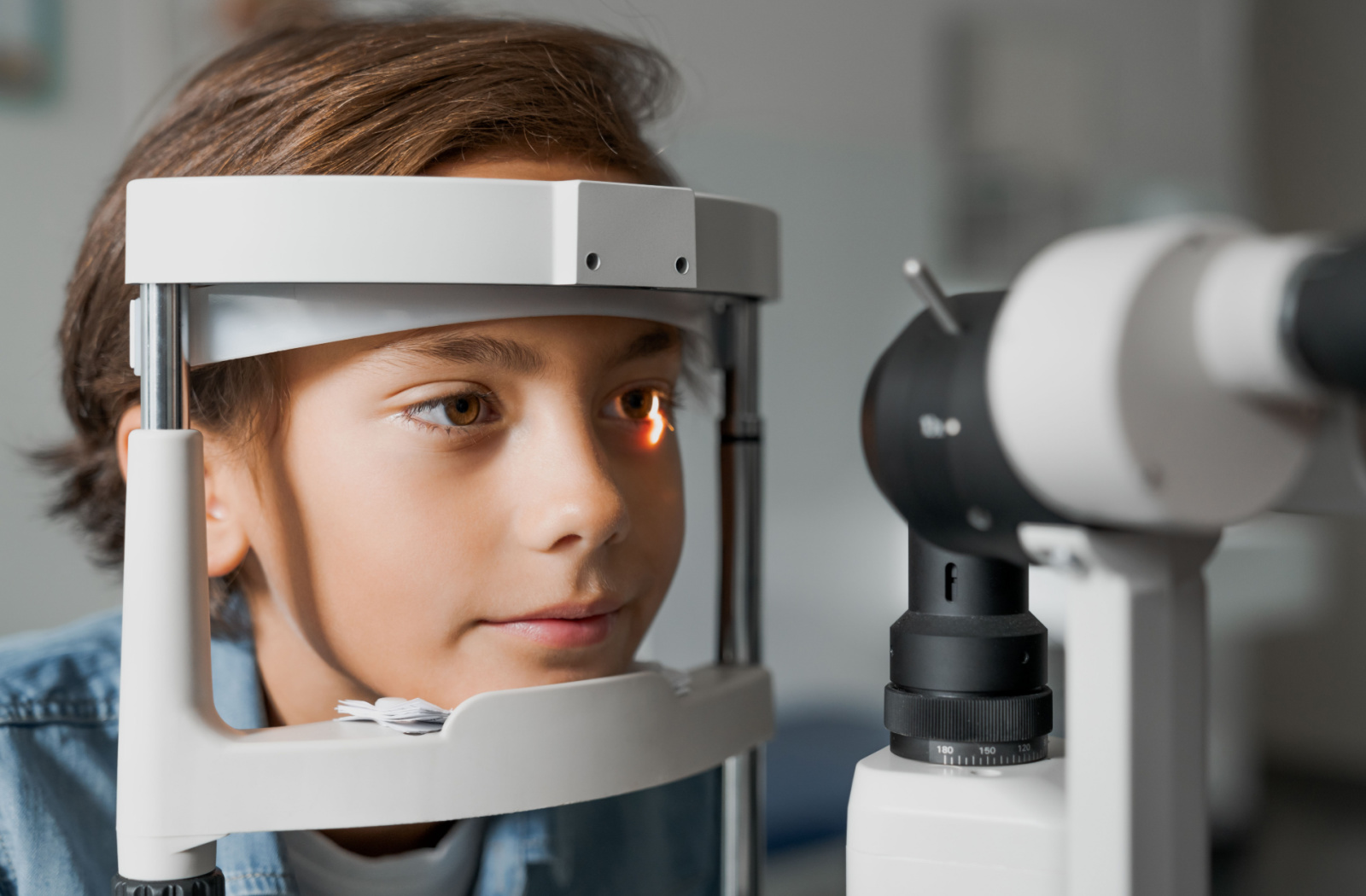
Discuss Ortho-K with Your Eye Doctor
Don’t let myopia progress unchecked. By taking action now, you can maintain clearer vision and reduce the risks associated with long-term eye complications. Our experts are here to help you understand ortho-k and other myopia control options.
Call us today at Willoughby Doctors of Optometry to book an appointment.

